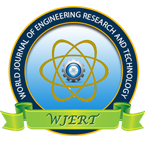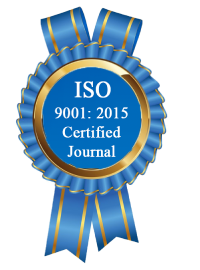| All | Since 2020 | |
| Citation | 172 | 110 |
| h-index | 7 | 5 |
| i10-index | 1 | 0 |
WJERT Citation 
Login
News & Updation
Abstract
A REVIEW ON TOXICITY OF MAJOR HEAVY METALS
Pushpraj Singh* and Babita Kumari
ABSTRACT
In the recent years, the pollution of the environment by heavy metals has become a crucial problem across the world. Heavy metals consist of a group of metals and metalloids which have atomic density greater than 4000 kg m-3. Heavy metals normally occur in nature and play a very important role in various metabolic processes of plants, animals and microorganisms but can become toxic through accumulation in organisms. Cobalt (Co), Nickel (Ni), Copper (Cu), Zinc (Zn), Arsenic (As), Mercury (Hg) and Lead (Pb) are the most common heavy metals which can pollute the environment. Heavy metals may gain entrance into the human body through consumption of contaminated drinking water or ingestion of soil or crops grown on contaminated land. Heavy metals such as lead, mercury, cadmium and copper are collective poisons, which causes environmental hazards and are reported to be exceptionally toxic. These metals are important sources of oxidative stress in the cell and play an important role in an etiology of diverse human pathologies such as carcinogenesis. Exposure to heavy metal toxicity leads to brain damage, mental retardation, cerebral palsy, lung cancer, gastrointestinal abnormalities, dermatitis and death of the unborn fetus. Many metals have been shown to directly modify and/or damage DNA by forming DNA adducts that induce chromosomal breaks. The unrestricted access to the dumpsite means that each day, scavengers search for raw materials, much of which eventually finds its way back to neighborhoods as animal feed and even human food. Stray chicken, pigs, goats, dogs and cats roam the dumpsite eating the toxic matter and becoming vectors of pests and parasites that are eventually transferred to the surrounding home and hence causing diseases to both animals and human beings. This review gives details about some heavy metals and their public health effects.
[Full Text Article] [Download Certificate]
